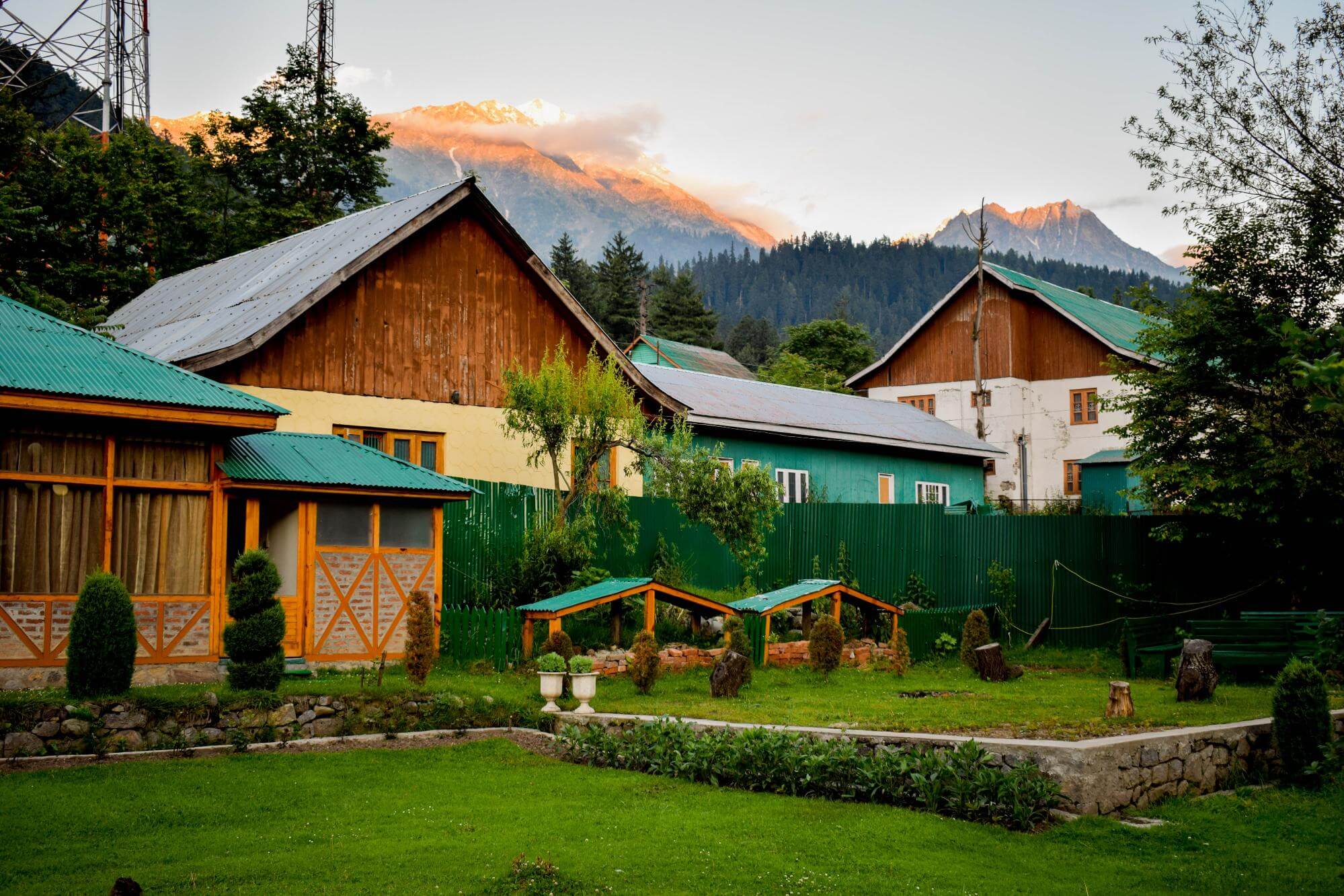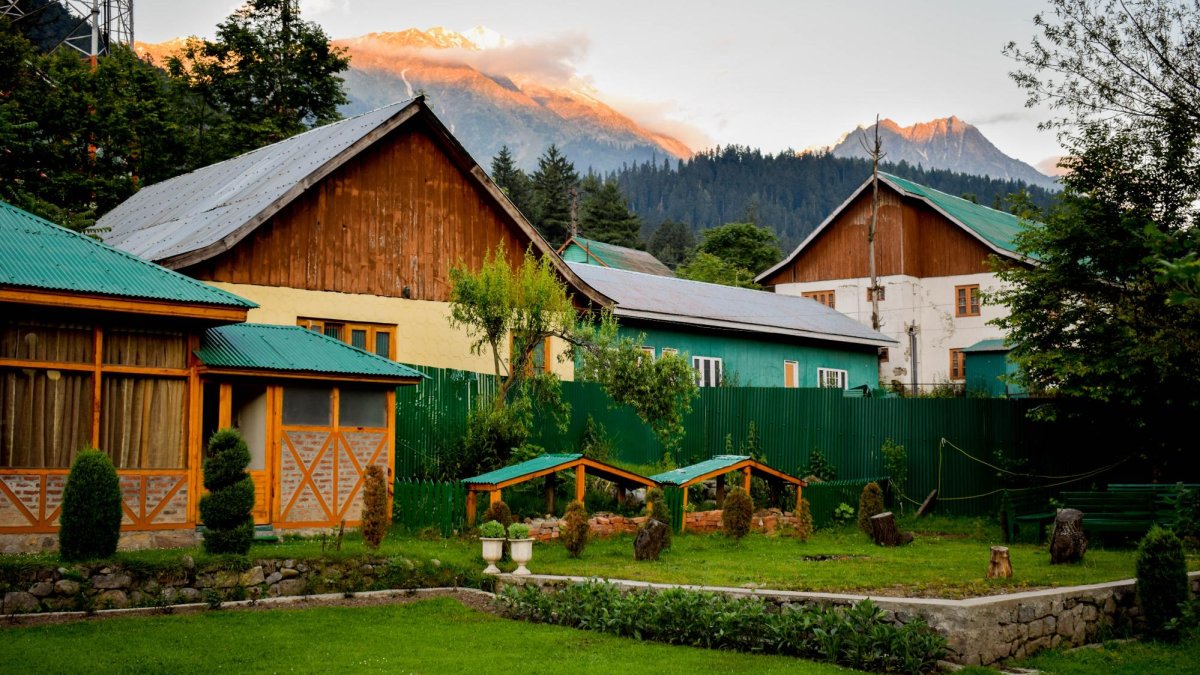
Are you tired of watching your once-lush yard turn into a dry wasteland due to drought? Fear not, as transforming your backyard into a stunning, drought-resistant paradise is easier than you think. By following a few smart landscaping techniques and selecting the right plants, you can create an eco-friendly oasis that thrives in dry climates. This article will delve into various techniques to help you do just that.
Soil and Plant Health
One of the first steps to creating a drought-resistant landscape is to improve the health of your soil. By increasing the organic content and structure of the soil, you can help it retain more water and nutrients, providing a better environment for plants to thrive. You can do this by incorporating compost, aged manure, and organic mulch into your soil.
Maintaining a healthy, drought-resistant landscape also involves keeping an eye on potential pest and plant disease issues. Good plant selection, monitoring, and timely intervention can help prevent significant damage to your garden. In order to find suitable insecticides and fungicides, click here. Be sure to follow recommended guidelines and safety measures when applying any chemicals to your plants.
Not all plants are created equal when it comes to dealing with drought. Native plants are often a great choice, as they have adapted to the region’s specific conditions. Also, you can select plants with specific adaptations to cope with drought, such as those with deep root systems or succulent leaves. Some drought-resistant plants that can add beauty to your yard include agave, lavender, switchgrass, yucca, and sedum.
Planting at the right time of year can help your drought-resistant plants establish themselves and thrive. By planting your garden during the cooler, wetter months, you can give your plants a better chance of survival. Since plants are generally more efficient at taking up water during these times, they will also require less supplemental watering.
Water and Irrigation
Even drought-resistant plants need some water to survive. Implementing an efficient and effective irrigation system is crucial in a dry climate. Drip irrigation systems are a popular option, as they deliver water directly to the plant’s root zone, reducing evaporation and waste. Also, frequently inspect your irrigation system for leaks or malfunctions to ensure you’re not wasting precious water resources.
Make the most of the rain your region does receive by capturing and repurposing it to irrigate your yard. Rainwater harvesting systems involve collecting rain from your roof, diverting it into storage containers or barrels, and then using it to water your drought-resistant plants or even utilizing it as drinking water. Not only does this help conserve water resources, but it also reduces the use of treated water and can save you money on your water bill.
Instead of scattering drought-resistant plants throughout your yard, group them together in specific planting areas. By localizing these plants, you can focus your watering efforts, ultimately conserving precious water resources. Additionally, consider using raised beds to help control water usage and drainage, making your watering efforts more efficient.
Landscaping Techniques
Another way to decrease your yard’s water consumption is to incorporate hardscaping elements. Hardscaping includes constructing pathways, patios, and retaining walls using materials like stone, pavers, brick, or concrete. By incorporating hardscape design, you can add visual interest and functionality to your yard while reducing the overall amount of plants that need water.
Xeriscaping is another landscaping technique developed in water-conscious areas that involves selecting plants that can survive with minimal water. As a result, xeriscaping significantly reduces water consumption and maintenance requirements. Key principles of xeriscaping include grouping plants with similar water needs, efficient irrigation systems, and using mulch to conserve moisture.
Strategically placing trees and shrubs can provide much-needed shade and wind protection for your drought-resistant plants. Trees and large shrubs can block the sun’s rays and direct wind, helping to keep your garden cool and minimize evaporation. By providing shade and shelter, you can reduce the water needs of your plants, making it easier for them to survive in a dry climate.
Conclusion
Transforming your yard into a drought-resistant paradise doesn’t need to be a daunting task. By following established landscaping techniques like xeriscaping, improving soil health, and choosing the right plants, you can create a beautiful, eco-friendly outdoor space that not only conserves water but adds to the charm and aesthetics of your home. Embrace the beauty of a drought-resistant landscape and start your transformation today.
Jordan Avery
Related posts
Stay connected
Today's pick
- Safety Essentials Every CNC Operator Should Follow DailyCNC machining demands precision, consistency, and discipline—but above all, it requires strict attention to safety. Whether you’re working with mills, lathes, routers, or grinders, every machine has the potential to cause serious injury if mishandled. That’s why CNC operators must follow safety protocols daily, no... The post Safety Essentials Every CNC Operator Should Follow Daily […]

